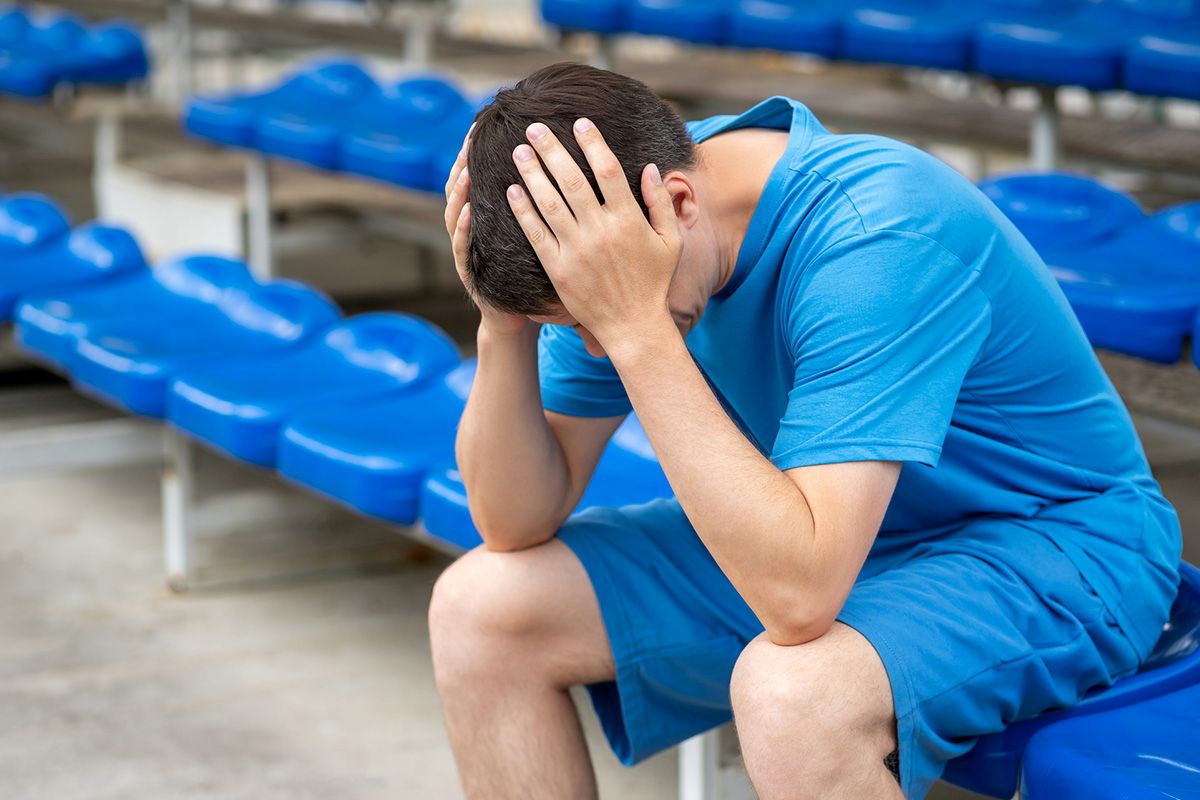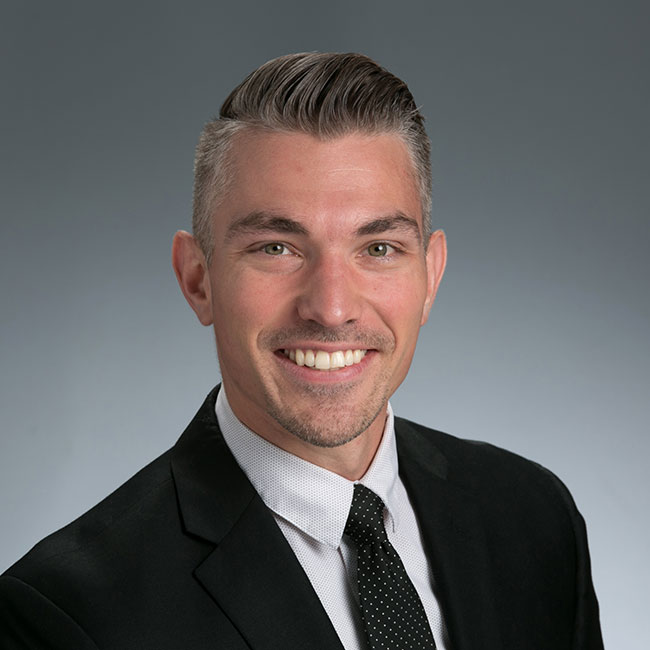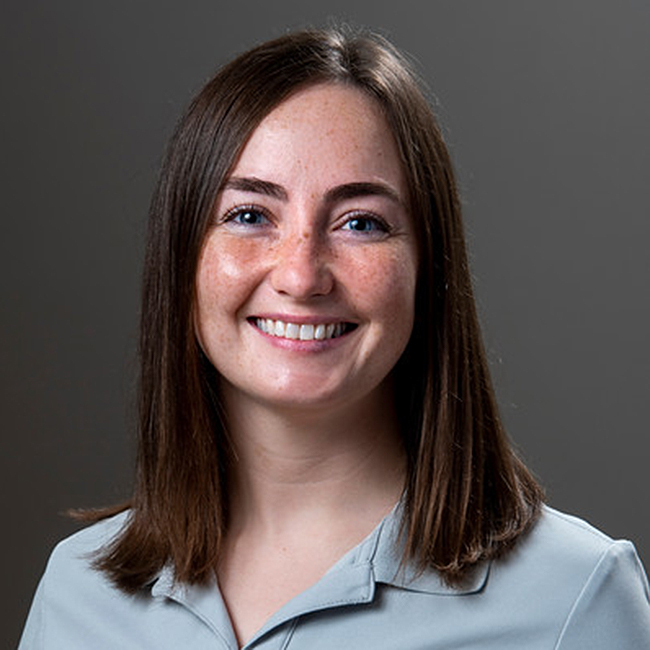
As concussion providers, we often encounter patients who have assumed rest was the lone way of managing concussion, only to find they have not improved after an initial period of rest. This assumes two things: one, that each concussion is the same; and two, that there is only one way to treat a concussion.
These assumptions, unfortunately, result in longer recoveries as time is spent waiting instead of actively treating the concussion. Effective concussion treatment relies on the knowledge that there are unique concussion types, or profiles, and that treatments can be matched to these concussion profiles. Targeted, active treatment means getting back to life — school, work, sports, family — sooner.
Let’s take the example of Emily, a 15-year-old soccer athlete. She was tripped and fell during a soccer game, hitting her head on the field. She immediately experienced headache, dizziness, nausea and light sensitivity. She was initially told by urgent care to rest and remain out of school for two weeks. After this period of rest, she attempted to return to school and soccer practice but was experiencing the same symptoms. At this point, she presented for an appointment with our clinic.
Concussion profiles
We now know that a “one-size-fits-all” approach relying on rest and avoidance of symptoms is not universally appropriate for concussion. Instead of waiting for symptoms to go away, we can actively treat concussions using specific treatment approaches for each concussion profile.
Each concussion profile is associated with a particular set of symptoms. These profiles and symptoms include:
| Profile | Symptoms | Potential treatments |
| Vestibular | Dizziness, nausea, difficulty processing movement or being in busy environments | Exercise, vestibular therapy, rehabituation |
| Ocular-motor | Blurred vision, double vision, difficulty focusing | Neuro-optometry, vision therapy |
| Cognitive-fatigue | Memory difficulties, attention problems, fatigue | Exercise, academic accommodations |
| Post-traumatic migraine | Headache, nausea, light/noise-sensitivity | Behavioral regulation, treatment of co-occurring cervical, sleep, stress factors |
| Mood | Anxiety, worry, sadness | Exercise, psychotherapy, psychiatry |
There are additional factors that modify how and what treatments are chosen. These factors include sleep disturbances and cervical injury or pain. It is also important to consider the context in which the injury occurred — for example, a traumatic car accident versus a playground incident — and what the individual may be missing as a result of the injury to best help the patient reach personal treatment goals.
In Emily’s case, she presented with a primary vestibular concussion profile, meaning she experienced dizziness in response to movement, such as quick turns in soccer and looking from her computer to the board at school. This concussion profile does not tend to resolve with rest; in fact, it requires movement-based treatment. She was also experiencing significant anxiety related to missed schoolwork and worry about losing her starting position on the club soccer team.
Fortunately, treatment for Emily included exercise that allowed her to safely and gradually progress from light aerobic activity to dynamic, noncontact practice. She was able to stay engaged with her team to address her anxiety but was limited from contact play until she was fully cleared from the concussion, reducing her risk of reinjury until she was completely recovered.
Concussion evaluation and treatment
Research supports seeking specialty care as soon as possible after a concussion to minimize disruption in daily life. After a potential concussion, it is important to be seen by a specialist in concussion, as they can not only determine whether a concussion has occurred but also customize treatment to the individual patient. Once a concussion is diagnosed, the specialist will use tools such as cognitive testing and vestibular/ocular-motor screening to determine what concussion profiles are present. Treatment planning may include prescribing home exercises, physical therapy specialized to concussion, and recommending return-to-sport and return-to-school or work plans.
Emily’s dizziness was evaluated by a concussion specialist, which allowed her to receive tailored home exercises to rehabilitate her symptoms. She was also given a personalized academic plan to address her specific concussion profile and symptoms during the school day. For example, she was advised to pass through the hallways five minutes early to minimize dizziness before the next class. This allowed her to tolerate full school days while minimizing symptoms.
Over the course of recovery, concussion specialists reevaluate patients to ensure they are progressing toward full recovery and meeting their personal goals, whether that is high-level sport participation, walking the dog around the block or playing with their grandchildren. For Emily, she recovered quickly after beginning home exercises for her vestibular symptoms. After completing cognitive and exertional testing to ensure full recovery, she was cleared to return to full soccer participation.
There is no one-size-fits-all approach to concussion. Each person experiences a concussion differently. With personalized treatment, concussion is a very treatable injury. The goal within the Northside Hospital Concussion Program is to treat each patient with the most advanced, evidence-based treatments available.
Learn more about the Concussion Program at Northside.


